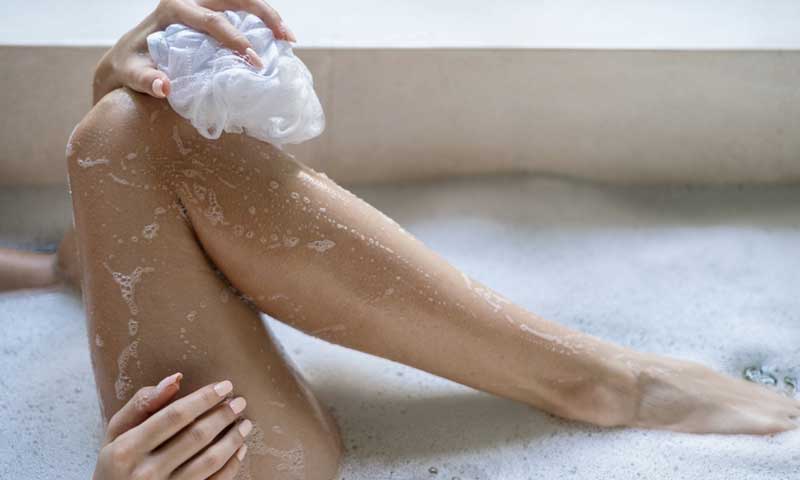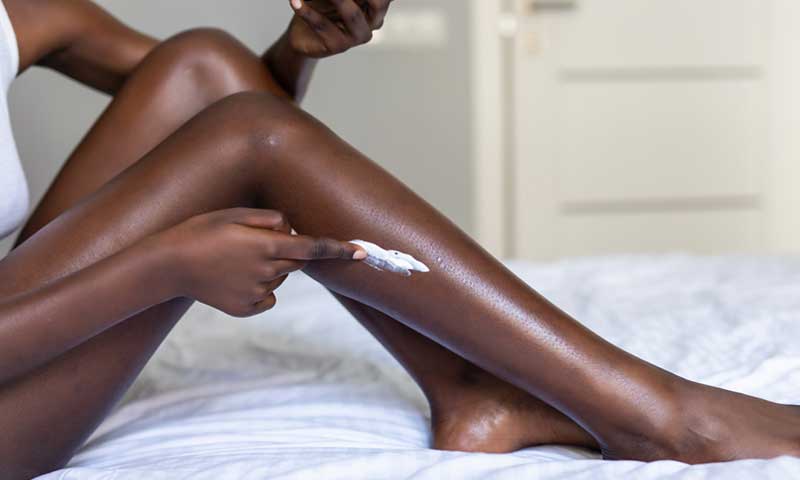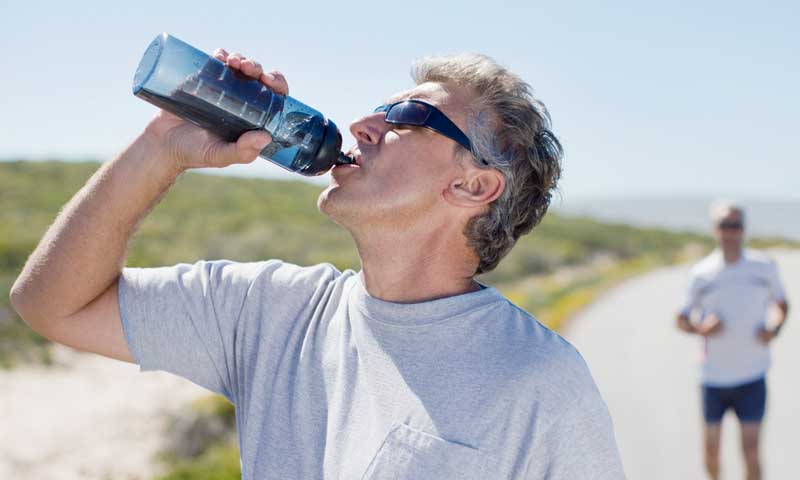Summer is the time to relax and have fun. Whether you’re lounging around the pool or shopping in your local farmer’s market, you want to look and feel your best. Before the heat sends us running for shorts, sundresses, and bathing suits, is a great time to get your legs ready for summer.
Here are some ways to get your legs looking their best and feeling great.

Get Rid of Unsightly Spider Veins or Varicose Veins
While spider veins and varicose veins usually don’t pose a health risk, they are never attractive to look at. And varicose veins can make your legs feel achy, heavy, and tired. They can ruin your lazy strolls through unexplored towns or make you self-conscious about showing off your summer legs.
The good news is that there are treatments available which can eliminate these unsightly and sometimes painful veins. Now is a great time to have a consultation with a vein specialist to see what they can do to eliminate them.
Happily, there are minimally invasive outpatient procedures that can reduce or eliminate both spider and varicose veins.
Procedure and recovery times are short, and the results make you feel and look fabulous!

Exfoliate Your Legs
There’s no time like the present to exfoliate the dry skin on your legs. The cold winter temperatures and harsh indoor heating may have left your skin feeling tight, dull, and dry.
An easy way to rejuvenate the look of your legs, and give them a fresh summer glow, is to exfoliate your legs.
Exfoliate once a week if your skin is dry or sensitive, or more frequently, if your skin is oily.
Cleansing scrubs and loofahs work wonders in the bath or shower.
When you exfoliate, you remove dead skin cells and keep them from building up on the skin. This makes room for the fresh new skin cells that appear every 27 days or so.
After removing the dead skin cells from your legs, be sure to follow up with a good moisturizer; exfoliation can sometimes leave your skin feeling drier or sensitive.
Exfoliation not only makes your skin look better but also helps your skin absorb moisturizers. Without removing the dead skin cells, moisturizers only sit on top of the skin and cannot do their important work below the surface.
It’s important to know that exfoliation can make your skin more susceptible to the harmful effects of UV rays. So be extra sure to use sunscreen on your legs when you go outside.

Apply Moisturizer
Moisturizing your legs year-round will keep the skin soft and glowing.
Moisturize every day right after your shower while your skin is still damp. This will keep your skin well hydrated.
But be sure not to over moisturize your legs. It’s possible for your skin to become dependent on the moisturizer and create less moisture on its own.
Stop Taking Long Hot Showers
Long hot showers are extremely relaxing, but they can make your skin feel dry and tight.
Prolonged exposure to hot water will not only remove too much natural oil from your skin, but it can make your legs swell.
When you shower, keep the water temperature a bit lower—especially after a day of summer heat.
And at the very end of your shower, try an invigorating cooler rinse. This will help muscles and increase vein function.
Improve Your Nutrition
With all the fresh, seasonal vegetables and fruit available, the summer is a natural time to improve your diet. Your skin and body will benefit from good nutrition.
Foods that will improve your overall skin health include:
- Antioxidants—found in berries
- Vitamin E—found in almonds and sunflower seeds
- Omega-6 fatty acids—found in soybeans and corn
- Omega-3 fatty acids—found in salmon and mackerel
Eat lean meats and fish to get lots of healthy fats and protein.
Good nutrition also contributes to vein health in your legs and feet.
Vitamin C keeps veins strong and increases your body’s manufacturing of collagen and elastin.
Flavonoids can reduce swelling and aches related to varicose veins. Rutin, a powerful flavonoid, is found in cranberries, grapes, oranges, and asparagus.

Stay Hydrated
It’s always important to stay well hydrated, but it’s particularly important to stay hydrated during the summer months. People lose lots of fluid through sweating, which makes dehydration even more likely.
Drinking too little water can cause leg and abdominal cramps and urinary and kidney problems.
Signs of dehydration include:
- muscle cramps
- dry mouth
- extreme fatigue
- heat intolerance
- excessive thirst
- feeling light-headed
A simple rule of thumb is to strive for eight 8-ounce glasses of water daily—and even more in the warmer months.
Exercise Your Legs for Better Health
Strong leg muscles are important for your overall health. They not only help keep your legs attractive and less prone to injury—they also help manage arthritis, diabetes, and heart disease.
In the summer, strong and well-toned legs look great and make it easier and more fun to participate in summer activities.
Keep legs strong by exercising them year-round. If you don’t enjoy going to the gym, try walking. Walking every day is a great way to build leg strength and endurance.
Try to aim for 5 miles a day, but any amount of walking helps.
Select a Hair Removal Method
There are many ways to remove leg hair. If you’re not a big fan of razors, with their accompanying burns and cuts, you can try various depilatory products, an epilator, or even waxing.
Laser hair removal also is a popular alternative for removing hair from legs. However, even laser hair removal isn’t permanent. The time the treatments last will depend on your age, skin type, and other factors.
Now that you know how to get your legs ready for summer, enjoy these blog posts on summer skin and vein care:


